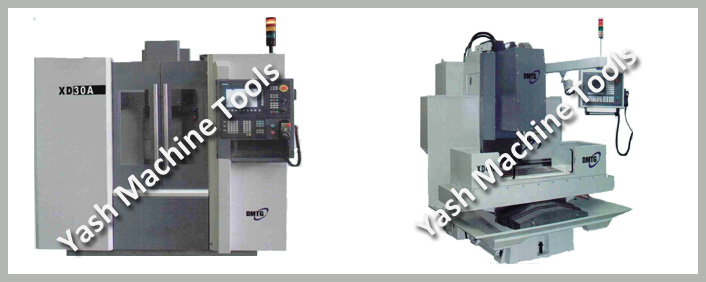Horizontal and Vertical Milling Machines – What You Should Know Before Buying One
Aside from the obvious difference between Horizontal and Vertical Milling Machines, there are some other differences that you should know as well. These differences include the types of Tools that can be used on each machine, as well as the costs. Read on to learn about the benefits and drawbacks of both types of milling machines. Here’s what you should know before buying one. And, if you still need to know more, keep reading!
Horizontal Milling Machines
The basic parts of a horizontal milling machine are a vertical knee traverse crank, cross feed hand wheel, table traverse hand wheel, and machine vice. The construction of a horizontal milling machine is different from that of previous types. A base supports the table and the workpiece, and a column holds the machine and the workpiece. Horizontal milling machines are often used to machine molds and shells. This article discusses the benefits of horizontal milling machines.
The best horizontal milling machines are best for cutting large, bulky materials, or parts that have many sides. Choose the machine that will allow you to perform a wide range of tasks, including machining multiple materials at once. Be sure to consider floor space and budget for add-on parts when choosing the machine that best fits your needs. Here are some things to consider before purchasing a horizontal milling machine. Once you have decided what you need, you can compare horizontal milling machines and determine which one best suits your needs.
The advantages of a horizontal milling machine are obvious: the shorter processing time per part and lower machining and labour costs. Horizontal milling machines can handle heavier items and cut grooves and slots more effectively. Because of the stability of their arbors, they can handle heavy cuts and rapid removal of material in large sections, making them ideal for high-volume production. The advantages of a horizontal milling machine over a vertical mill are too many to list here.
Tools Used on Vertical Milling Machines
There are various tools that can be used on vertical milling machines. Drill bits are commonly used. They are used to drill holes of various shapes. In general, drill bits are used for all kinds of machining jobs. They can be used to cut a wide variety of materials, from wood to metal. Some of the commonly used tools are mentioned below. You can use one of them to make your job easier. To get started, you can buy one that will fit in your milling machine.
When using milling tools, always remember to follow the prescribed lubrication and cleanliness procedures. The cutting values must be selected according to the nature of the material and the milling tools used. Regardless of the type of clamping means, make sure that the workpiece is clamped in such a way that it cannot move unexpectedly. This is important because improperly clamped workpieces can cause top-surface degradation.
The two types of milling machines have their own pros and cons. The main difference between them is their cost. The former is cheaper, easier to operate, and more versatile. However, the former requires more mechanical proficiency and is better suited for smaller-scale operations. While both types have their pros and cons, vertical milling machines are more common and less expensive. They are also more suitable for small-scale operations, while the latter are best for larger jobs.
Cost of Vertical Milling Machine
The global vertical milling machine market is divided into three regions – North America, Europe, and Asia Pacific. In 2018, Asia Pacific accounted for the largest share of the market, with countries such as China, India, Japan, and South Korea contributing to the growth. Increasing consumer awareness of energy efficiency is boosting the market in Asia, while low labor costs are a positive trend for the region. In this article, we’ll take a look at the main factors that influence the cost of vertical milling machines and how they differ across these regions.

The cost of vertical milling machines is closely related to its features, accessories, and configuration. It includes the costs of parts, installation time, software packages, and training for operators. Moreover, you should consider how often you plan to use the machine. The machine’s capabilities vary widely, so you should consider the frequency of use before purchasing it. Some vertical milling machines are more expensive than others, while others are used in smaller settings for more frequent tasks.
The Clausing Series I knee mill is an ideal choice for heavy-duty metalwork shops, as it includes anti-heat build-up technology and can accommodate most milling needs in the toolroom. The machine is equipped with powerful spindle drive motors and infinitely variable speed drives. It is popular with machine shops of all sizes, and can be used for a variety of milling applications. This machine can also be used for engraving or teaching tools in a science lab or vocational-tech school.
- Maintenance Tips for Vertical CNC Milling Machine in Iran’s Harsh Industrial Environment
- Market Potential for CNC Lathe Machines in South African Countries: Trends & Insights
- How Saudi Arabia’s Manufacturing Industry Rely on All Geared Radial Drilling Machines?
- Why All Geared Lathe Machines are Gaining Popularity in German Industry?
- Top Applications of Horizontal Boring Machines in Australian Manufacturing Industry
- The Growing Demand for All Geared Lathe Machines in Global Markets


